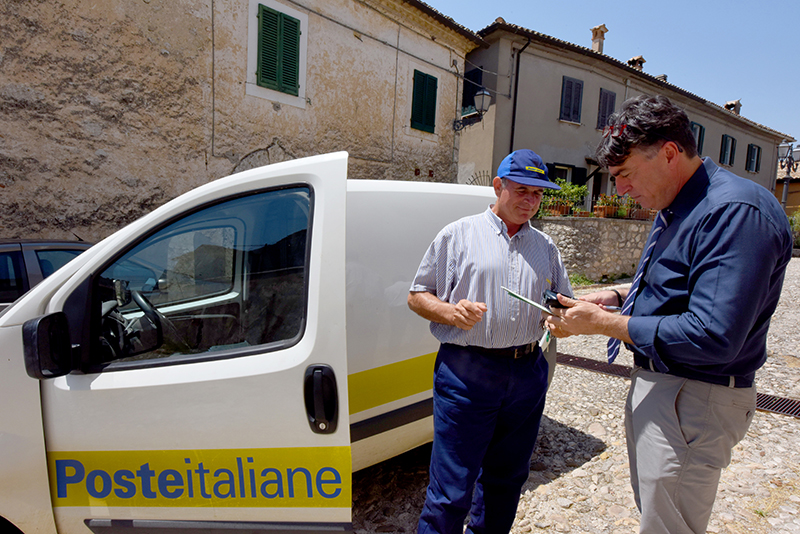Poste Italiane has announced it will deliver on evenings and weekends. Ian Kerr (Postal Hub Podcast) and Marek Różycki (Last Mile Experts) analyze how these and other initiatives will help the Italian postal operator grow its e-commerce parcel volumes
Poste Italiane recently announced that it would expand its parcel delivery services to include evening and weekend deliveries.
The parcel delivery sector in Italy is fragmented. Just the same, Poste Italiane recently announced a 50% increase in parcel deliveries, driven by growing e-commerce volumes.
There is domestic competition in letter delivery from Nexive (PostNL) but let’s focus on Poste Italiane. Letter delivery was six days per week (Monday to Saturday), but more and more regions now receive alternate day delivery of letters.
Under the new seven-day evening delivery service, Italian posties will deliver parcels weighing up to 5kg (11 lb) (representing about 85% of e-commerce parcels in Italy) up until 7:45pm each day. Morning deliveries will focus on business districts, while deliveries in the afternoons and evenings will focus on urban residential areas.
PUDOs to complement the post office network
Poste Italiane has announced it will partner with tobacconists to offer parcel collection for customers. Tobacconists are ubiquitous in Italy, and already sell basic postage stamps in addition to newspapers, magazines, bus tickets and more. Now Poste Italiane will transform them into PUDO points, with a target of 5000 partner tobacconists by 2020.
In recent years Poste Italiane has been optimizing its post office network. The process is slow and arduous – there is often community resistance to post office closures, even when the post office serves only a handful of customers each week.
Financial services are the backbone of the post office network. Many post offices don’t offer parcel collection for failed first-time deliveries. Customers can collect parcels from major post offices or in some cases delivery centers.
So, if Poste Italiane continues to reduce its retail network, and what post offices remain don’t offer parcel collection services, then it makes sense for the post to partner with retailers to offer PUDO services.
Already Amazon has partnered with Italian retailers to offer parcel collection services, including collection of failed first-time deliveries.
Parcel lockers
Poste Italiane plans to have a network of 350 parcel lockers by the end of this year. Amazon has partnered with a supermarket chain to set up a network of parcel lockers. DHL has a network of parcel lockers in Italy, and other companies are looking to expand into this market.
Residential delivery
Offering out-of-home delivery options will help Poste Italiane secure higher rates of successful first-time deliveries as this channel has better record than residential delivery.
One quirk of Italian residential delivery is the number of apartment blocks with doormen, who perform odd jobs and maintenance, and provide an element of security to the building. Increasingly, doormen are being asked to receive e-commerce deliveries on behalf of residents.
Alternatives to the post
There are several delivery startups active in Italy, but many principally focus on meal delivery.
Amazon uses Amazon Flex drivers to deliver Prime Now orders. For ‘regular’ Amazon purchases, companies including DHL and TNT deliver the last mile.
Another domestic e-commerce delivery option is Milkman. Milkman enables B2C deliveries, offering same-day and next-day delivery, as well as time slots down to only 30 minutes.
Will these changes help Poste Italiane capture greater market share?
The Italian e-commerce market isn’t as mature as some other European nations. Offering greater capacity and certainty of delivery will help stimulate e-commerce growth, and most likely help Poste Italiane capture a greater share of e-commerce parcels.
The challenge for Poste Italiane will be to deliver excellent overall customer experience. Their success or failure here will be a key factor influencing their future share of the Italian last mile.




